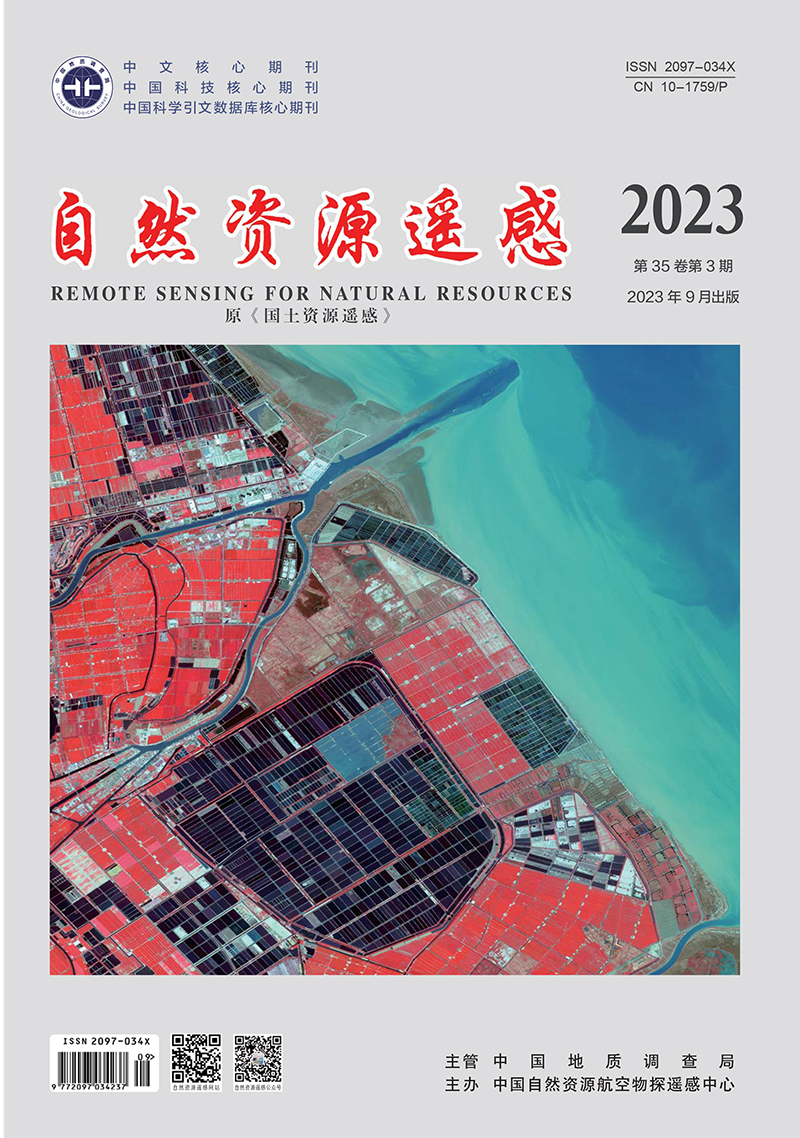GAO Chen, MA Dong, QU Man, QIAN Jianguo, YIN Haiquan, HOU Xiaozhen. 2023. Exploring the anomaly mechanism of borehole strain at the Huailai seismic station based on PS-InSAR. Remote Sensing for Natural Resources, 35(3): 153-159. doi: 10.6046/zrzyyg.2022171
| Citation: |
GAO Chen, MA Dong, QU Man, QIAN Jianguo, YIN Haiquan, HOU Xiaozhen. 2023. Exploring the anomaly mechanism of borehole strain at the Huailai seismic station based on PS-InSAR. Remote Sensing for Natural Resources, 35(3): 153-159. doi: 10.6046/zrzyyg.2022171
|
Exploring the anomaly mechanism of borehole strain at the Huailai seismic station based on PS-InSAR
-
GAO Chen1,2,
-
MA Dong 1,2,
-
QU Man1,2,
-
QIAN Jianguo3, ,
-
YIN Haiquan 4,
-
HOU Xiaozhen1,2
-
1. Hebei Hongshan National Observatory on Thick Sediments and Seismic Hazards, Xingtai 054000, China
-
;2. Hebei Earthquake Agency, Shijiazhuang 050021, China
-
;3. School of Geomatics, Liaoning Technical University, Fuxin 123000, China
-
;4. The First Monitoring and Application Center, CEA, Tianjin 300180, China
More Information
-
Corresponding author:
QIAN Jianguo
-
Abstract
As a principal instrument for observing and researching earthquake precursors, a borehole strain meter allows for point-based observation, high-accuracy observation, and the direct observation of shallow crustal stress-strain information. However, it fails to obtain information on spatial continuous deformation and is susceptible to interference by site environments such as pumping. The persistent scatterer interferometric synthetic aperture Radar (PS-InSAR) method can derive spatial continuous deformation fields and time-series deformation, with the cumulative deformation consistent with groundwater level changes. Using the PS-InSAR method, this study analyzed the land subsidence near the Huailai seismic station based on Sentinel-1 images, aiming to counteract surface deformation in the monitoring of borehole strain and to accurately analyze the anomalous information in the observational data. This study also investigated the mechanism of extension anomalies in the 2020—2021 observational data of the borehole strain. The results are as follows: The deformation center in the area near the Huailai seismic station was situated at the pumping well east of Yihebu Village. The time of the regional subsidence and that of the observed borehole strain anomalies were consistent with the pumping time of the pumping wells for heating in Yihebu Village. The extension anomalies in the borehole strain observational data of the Huailai seismic station shared consistent mechanisms with the surface changes caused by the pumping of the nearby pumping wells for heating. Therefore, the extension anomalies of borehole strain at the Huailai seismic station resulted from pumping the pumping wells for heating in Yihebu Village. This study shows that, in areas significantly affected by groundwater pumping, PS-InSAR plays a role of application demonstration in research on the anomaly mechanism through observation using observation instruments for earthquake precursors.
-

-
-
Access History







 DownLoad:
DownLoad: